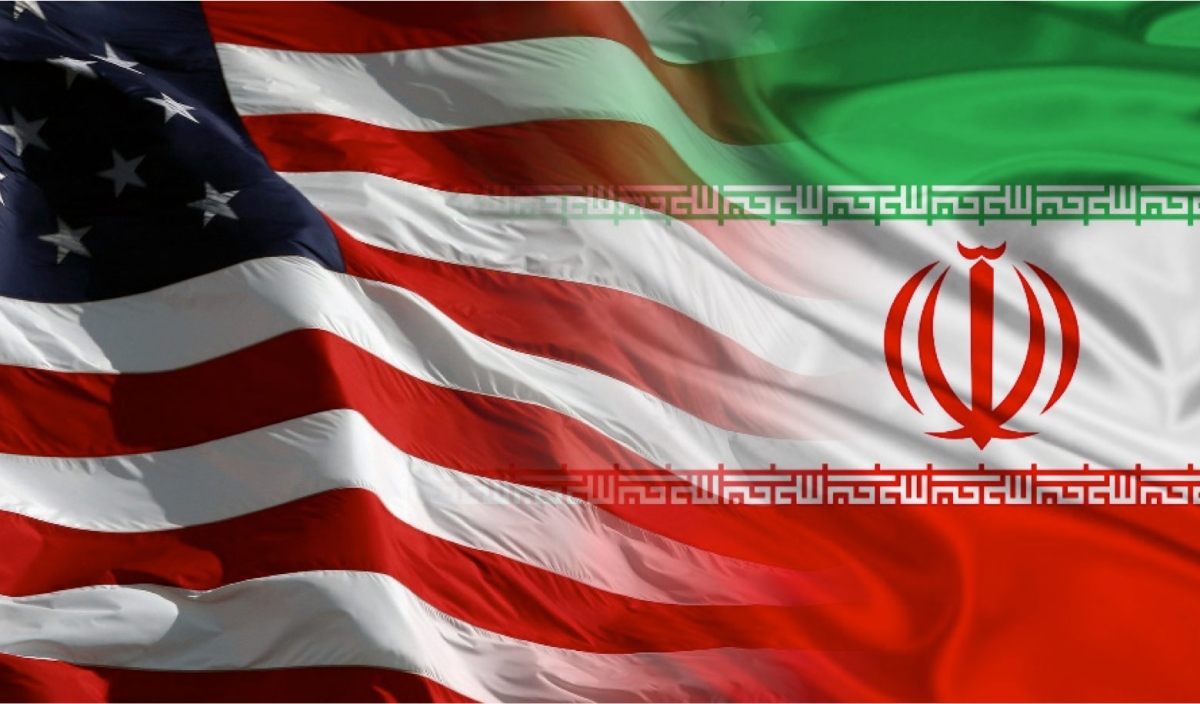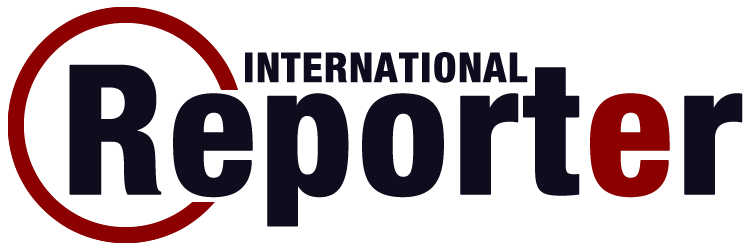
History of US–Iran Relations: From the 1953 Regime Change to Trump’s Strikes
Tensions between the United States and Iran have reached their highest levels in decades after President Donald Trump on Sunday ordered direct strikes he said “destroyed” key nuclear facilities across the Middle Eastern country.
Iran has remained America’s biggest regional adversary since the 1979 Islamic Revolution led by Ayatollah Ruhollah Khomeini, which overthrew pro‑Western Shah Mohammad Reza Pahlavi. Since then, the two nations have clashed over issues including Iran’s nuclear ambitions, its support for regional proxies, and US political interference, writes Al Jazeera.
Last week, Israel—who long viewed Iran as a threat—launched unprecedented strikes across Iran after accusing the country of developing nuclear weapons. Those Israeli claims lacked credible proof, but Trump drew the US into war following Israel’s action.
On Sunday, after days of the Israel‑Iran conflict, the US directly attacked Iran in what the Trump administration called a highly sophisticated covert operation involving over 125 aircraft and 75 precision bombs. Washington said the Iranian nuclear facility was “destroyed,” while Tehran warned of retaliation.
Timeline of US–Iran Relations since 1953:
(1953) US‑backed coup and the Shah’s restoration: Tensions initially rose when democratically elected PM Mohammad Mossadegh nationalized the Anglo‑Iranian Oil Company. The UK appealed to the US, and the CIA helped orchestrate a coup that reinstated Shah Pahlavi
(1957) Atoms for Peace: The US and other Western allies supported the Shah’s nuclear ambitions. They signed a civil nuclear agreement; Iran received a reactor and uranium fuel under Eisenhower’s “Atoms for Peace” initiative :contentReferenc.
(1979) Islamic Revolution: Widespread protests toppled the Shah in early 1979. Ayatollah Khomeini returned from exile and established the Islamic Republic.
(1980) US severs ties: After Iran harbored the Shah and students seized the US embassy, holding 52 Americans hostage for 444 days, Washington cut diplomatic ties and imposed sanctions.
(1980–88) US backs Iraq: During the Iran‑Iraq War, the US supported Saddam Hussein’s invasion, deepening hostility.
(1984) Designated state sponsor: Reagan labeled Iran a “state sponsor of terror” following attacks in Lebanon, including the Beirut barracks bombing that killed 241 US troops. The Iran‑Contra affair later revealed secret US‑Iran dealings.
(1988) USS Vincennes incident: A US warship shot down Iran Air Flight 655, killing 290 civilians. The US paid compensation but did not formally apologize.
(1995) Tighter sanctions: President Clinton banned US‑Iran business and penalized foreign investment in Iran’s energy sector.
(2002) Axis of Evil: After 9/11, President George W. Bush labeled Iran part of the “Axis of Evil.” Iran cooperated with the US briefly on counter‑terrorism, but its uranium enrichment raised concern.
(2013–15) Nuclear deal: Under Obama, Iran agreed to the JCPOA in exchange for sanctions relief. Enrichment was capped at 3.67%.
(2018) US withdrawal: In 2018 Trump pulled out of the deal and imposed “maximum pressure” sanctions.
(2020) Killing of Soleimani: A US drone killed IRGC Commander Qassem Soleimani in Baghdad. Iran retaliated with missile strikes against US forces in Iraq.
(2025, Mar–Jun) Nuclear talks: Trump invited Iran to resume negotiations. Five rounds took place in Oman, Rome, and Muscat, but no agreement was reached. Israel launched attacks before the sixth round.
(2025, Jun) US strikes: On June 21–22, the US launched “Operation Midnight Hammer,” deploying over 125 aircraft and dropping 75 precision bombs on Fordow, Natanz, and Esfahan nuclear sites—the first US direct military operation on Iranian soil since 1979. Trump declared it a “spectacular success.” Iran responded with missile attacks within Iran‑Israel conflict context.
The escalation triggered global concern over oil prices, regional security, and a rare “Worldwide Caution” alert for Americans abroad.





